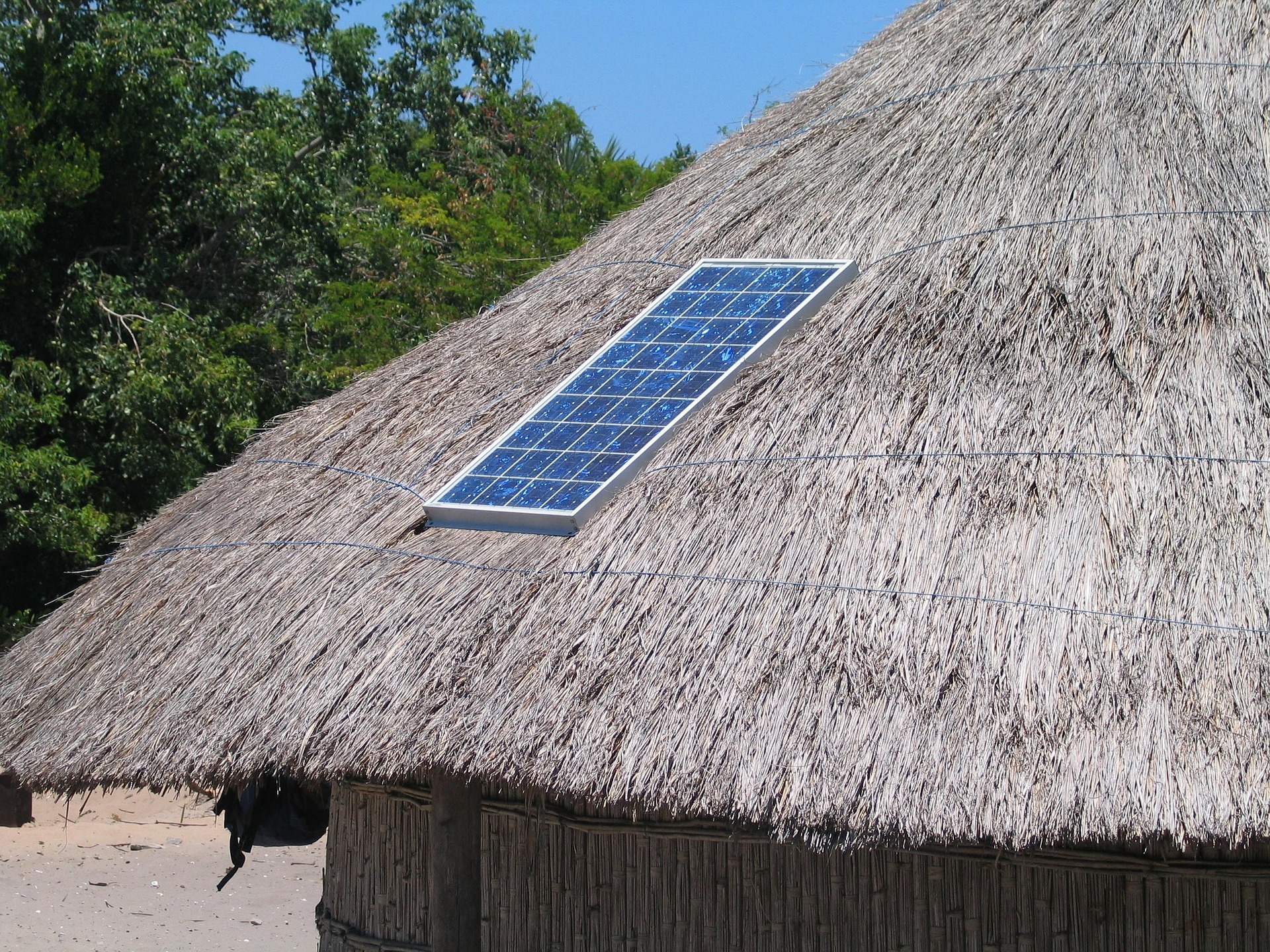Last Updated on: 8th October 2021, 09:41 pm
A growing number of construction companies are thinking about the environmental impact of the materials they use. In this respect, the use of recyclable materials is increasingly being promoted and this applies to virtually all parts of the building. There are several materials that can be used to build roofs that are recyclable, so let’s explore how they work and what their benefits are.
Recyclable building materials are gaining in popularity
Today, there is a wide selection of building materials available. The decision must therefore be based on a number of factors. The most important of these are undoubtedly the safety of the material, its strength and its healthfulness.
On building sites not so long ago, materials were used that certainly would not have stood up to today’s health hazards. In addition to the recyclability factor, the source of materials and the possibilities of further use are also becoming increasingly important.
However, the recyclability of a material and its environmental impacts need to be considered in the broader context
In today’s world, it is no longer enough to label a material as recyclable simply because it can be processed and reused at the end of its useful life.
When considering the environmental impacts of a material, it is therefore also necessary to take into account the source of the material, the way and energy intensity of its processing, the transport requirements and the ways in which the material can be reused.
It is necessary to also consider the ongoing maintenance necessary for the materials, as well as their longevity, when analyzing the environmental impacts associated with their use.
Construction sites are also increasingly utilizing sustainable building materials, with wood, reeds, quarry stone, hemp, and even quarry stone being examples of many recyclable materials that are becoming very popular, particularly for their insulating properties. This trend extends to roof construction as well, and roofs made from recyclable materials are receiving increasing attention.
Roofs made of recyclable materials
Roofing materials, waterproofing materials, and insulation materials to name a few, all come into play in the construction of roofs. If you want a roof that does not harm the environment during construction, during its lifetime, and ultimately after disposal, you must think through every detail and choose recyclable materials.
Roofing isn’t everything
There is not much to consider when building a roof truss, since the wood used is usually of high quality and is itself a good material to use after it has served its purpose. The situation is somewhat worse with various insulation materials, since many of them are made from non-recyclable materials.
PVC sheeting used for roof insulation is a good example of this. You might say to yourself that PVC foil is not much in this case, but imagine the number of buildings and the area of roofs under which these foils are used.
PVC membranes are particularly good value for money, but they may already be losing out a little in terms of performance and durability compared to other alternatives. If you are looking for recyclable roof waterproofing, EPDM membranes made from synthetic rubber are a suitable solution. In addition to their recyclability and very good insulation properties, the very long service life of over 40-50 years is a nice bonus.
Roofing made of recyclable materials
Let’s go straight to the roofing material. Clay and concrete tiles can be considered recyclable materials, and may be reused after they have been broken or crushed.
Several factors contribute to the low environmental impact of sheet metal roofing.
In addition to their light weight and long service life, steel and aluminum are among the most highly recyclable materials. This material is therefore not so-called quick-turn, it is manufactured once and can last for decades without needing any additional maintenance. Furthermore, aluminium roofing is 100% recyclable, and reused aluminium does not lose any of its properties. Despite being subjected to rigorous environmental impact assessments, aluminum is still one of the best materials.
With sheet metal roofing, it is also worth highlighting the possibility of tailor-made production for a specific roof according to the exact specifications, which again minimises the generation of waste or unusable pieces of material. Because the sheets are lightweight, they are relatively easy to transport, and they save on roof truss construction.
Recyclable materials in plumbing and guttering
To conclude, if you want a roof made from recyclable materials, you should also consider plumbing accessories and guttering. A sheet metal plumbing accessory that is honestly made will last a long time. Avoid various plastics and plastic substitutes.
